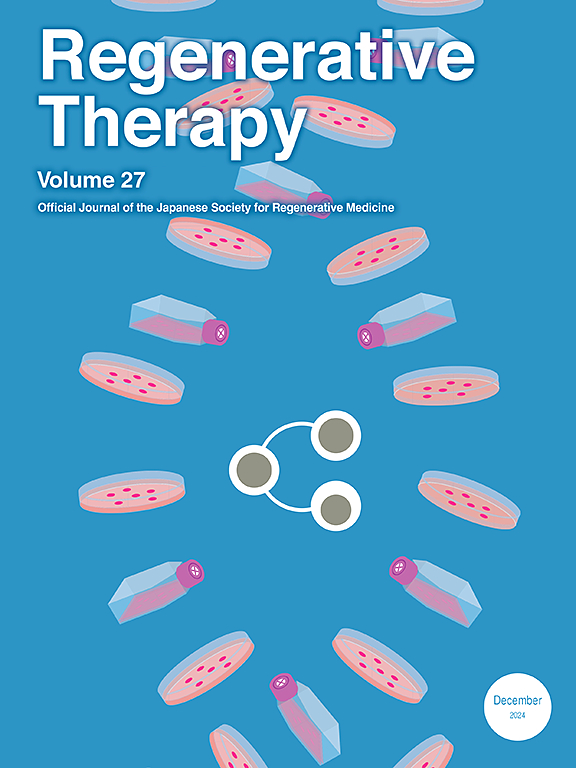利用肠道芯片推进肠道疾病研究
IF 3.5
3区 环境科学与生态学
Q3 CELL & TISSUE ENGINEERING
引用次数: 0
摘要
肠道经常受到机械刺激,包括血流或蠕动。最近,芯片上的肠道模型已经被开发出来以概括这些生理压力。在这种模型中,通过微通道灌注培养基并对真空室进行循环吸入来模拟血液流动和蠕动。有了这些肠道芯片,机械刺激对肠道结构和功能的影响已经被阐明。此外,肠道芯片模型也被用于研究肠道疾病,如感染性疾病、炎症性肠病和结肠直肠癌。由于它们准确地概括了肠道疾病的病理生理,利用它们的研究揭示了肠道疾病发生和发展的机制。在这篇综述中,我们总结了肠道芯片系统的发展,并重点介绍了利用这些模型研究肠道疾病的最新进展。本文章由计算机程序翻译,如有差异,请以英文原文为准。
Advancing intestinal disease research using gut-on-a-chip
The intestine is exposed constantly to mechanical stimuli, including blood flow or peristalsis. Recently, gut-on-a-chip models have been developed to recapitulate these physiological stresses. In such models, blood flow and peristalsis are simulated by perfusing culture medium through microchannels and applying cyclic suction to vacuum chambers. With these gut-on-a-chips, the effects of mechanical stimuli on the intestinal structure and function have been elucidated. Additionally, gut-on-a-chip models are used to study intestinal diseases, such as infectious diseases, inflammatory bowel disease, and colorectal cancer. Because they accurately recapitulate the pathophysiology of intestinal diseases, research leveraging their use has revealed mechanisms underlying disease onset and progression in the intestine. In this review, we summarize the development of gut-on-a-chip systems and highlight recent research on intestinal diseases using these models.
求助全文
通过发布文献求助,成功后即可免费获取论文全文。
去求助
来源期刊

Regenerative Therapy
Engineering-Biomedical Engineering
CiteScore
6.00
自引率
2.30%
发文量
106
审稿时长
49 days
期刊介绍:
Regenerative Therapy is the official peer-reviewed online journal of the Japanese Society for Regenerative Medicine.
Regenerative Therapy is a multidisciplinary journal that publishes original articles and reviews of basic research, clinical translation, industrial development, and regulatory issues focusing on stem cell biology, tissue engineering, and regenerative medicine.
 求助内容:
求助内容: 应助结果提醒方式:
应助结果提醒方式:


